Poster Session 1
(197) Feasibility and Efficacy of Vascular Closure Device for Sealing Uterine Entry Site: Pregnant Sheep Models

Eyal Krispin, MD (he/him/his)
Fetal Surgeon
Harvard Medical School
Boston, Massachusetts, United States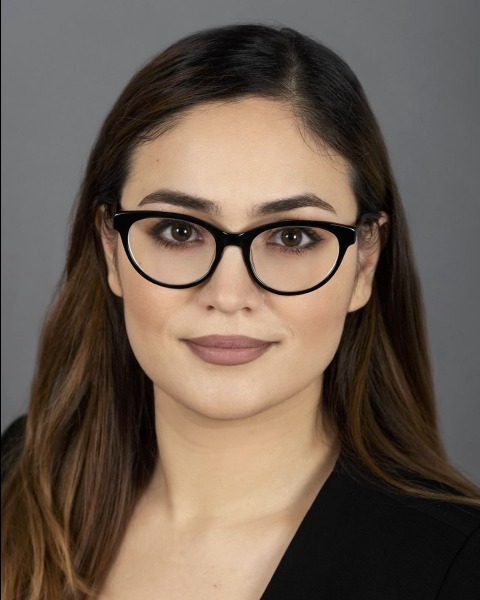
Shohra Qaderi, MD (she/her/hers)
Postdoctoral Research Fellow
Boston Children's Hospital, Harvard Medical School
Boston, Massachusetts, United States
Ali Javinani, MD (he/him/his)
Postdoctoral Research Fellow
Boston Children's Hospital, Harvard Medical School
Boston, Massachusetts, United States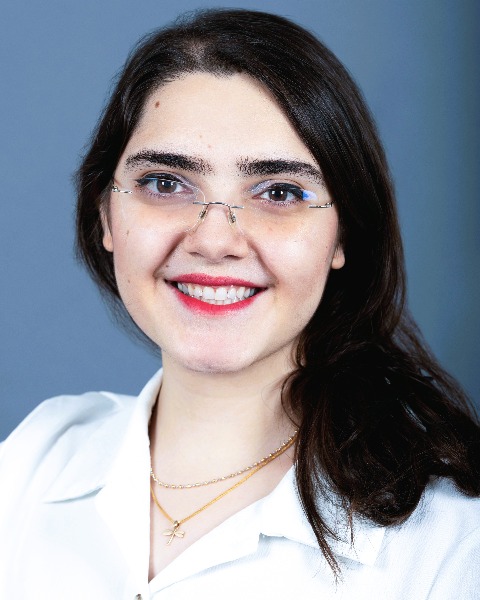
Nikan Zargarzadeh, MD
Research Fellow
Boston Children's Hospital, Harvard Medical School
Boston, Massachusetts, United States- YV
Yves Ville, MD
University and Necker-Enfants Malades Hospital
Paris, Ile-de-France, France 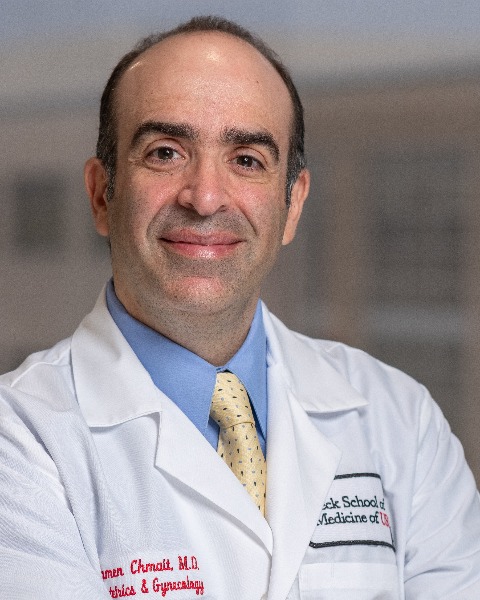
Ramen H. Chmait, MD (he/him/his)
Director, Los Angeles Fetal Surgery; Professor, Department of Obstetrics and Gynecology
Keck School of Medicine, University of Southern California
Los Angeles, California, United States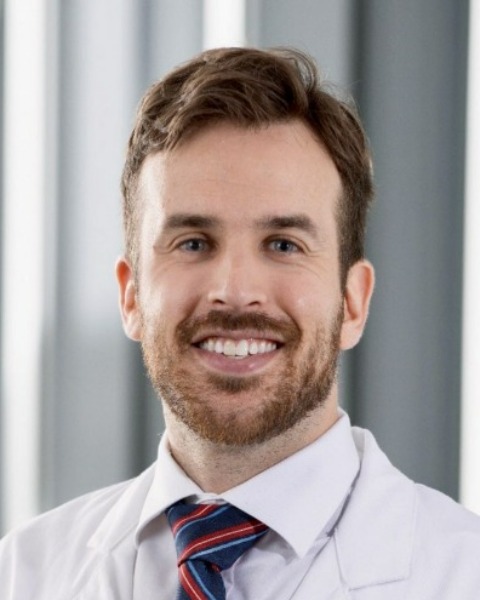
Braxton Forde, MD
Assistant Professor
University of Cincinnati College of Medicine
Cincinnati, OH, United States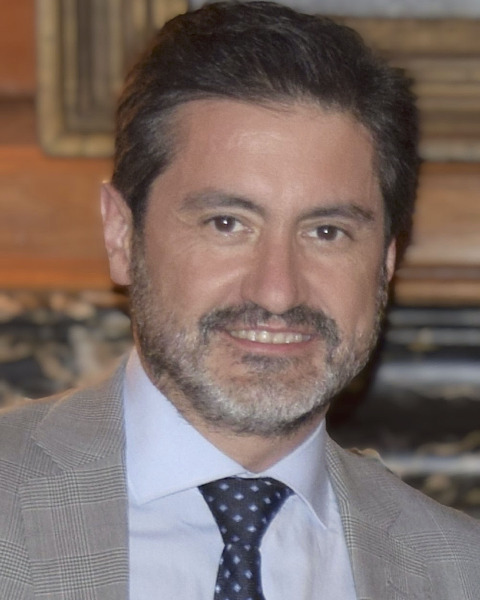
Jose L. Peiro, MBA, MD, PhD
Program Director
Cincinnati Children's Fetal Care Center
Cincinnati, Ohio, United States- KC
Katte Carreon, MD
Cardiac Registry; Director of Perinatal & Placental Pathology; General Pediatric Pathology, Department of Pathology, Boston Children's Hospital, Harvard Medical School
Boston, Massachusetts, United States 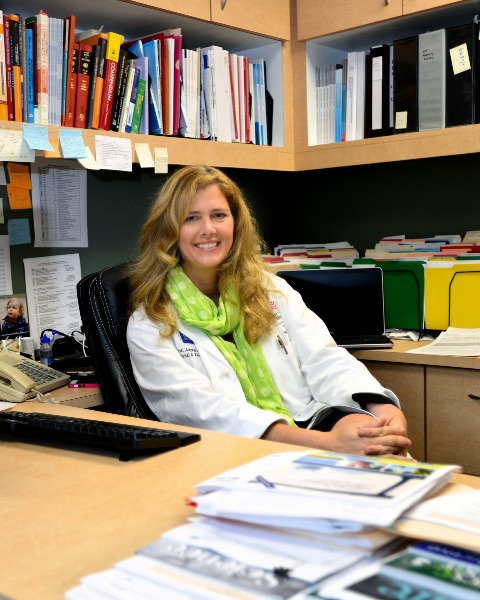
Kjersti M. Aagaard, MD, PhD
Medical Director, HCA Healthcare and HCA Research Institute
Boston Children’s Hospital, Division of Fetal Medicine and Surgery, Boston, MA; HCA Healthcare and HCA Healthcare Research Institute, Nashville, TN; HCA Texas Maternal Fetal Medicine, Houston, TX; Baylor College of Medicine and Texas Children's Hospital, Houston, TX
Tomball, Texas, United States.jpg)
Alireza A. Shamshirsaz, MD (he/him/his)
Department Director, Professor of Surgery
Fetal Surgeon Chief, Division of Fetal Medicine and Surgery Director of the Maternal Fetal Care Center Director of the Perinatal Surgery Fellowship Professor of Surgery, Boston Children’s Hospital Harvard Medical School
Boston, Massachusetts, United States
Submitting Author and Presenting Author(s)
Coauthor(s)
Trans-amniotic trans-uterine suturing approaches have been associated with a reduced incidence of preterm premature rupture of membranes (PPROM). Our study aimed to explore the feasibility and effectiveness of employing a vascular closure device for trans-amniotic trans-uterine suturing in a sheep model.
Study Design:
We employed multiple orthogonal methodologies to evaluate the Abbott Perclose™ for suturing the membranes at the uterine entry site of 12 French cannulas. Feasibility was defined as successful suture placement by two separate teams at two different gestational ages. Efficacy was demonstrated by the watertight closure of the entry site during in-vivo gross examination, along with the organizing fibrosis and healing of membranes and myometrium at post-delivery histopathologic evaluation. The following three approaches were used for uterine entry: midline laparotomy, 2-cm mini laparotomy, and percutaneous. The Perclose stitches were placed either before or after cannula insertion, utilizing one of three techniques: single, double vertical, or double parallel closures. Histopathological examination of samples from the entry sites was conducted using H&E and trichrome staining, as well as immunohistochemistry for connexin 43. This study was approved by IACUC(AN-2010).
Results:
Ten pregnant sheep were included in this study, and 4 of 10 were twin gestations. The median gestational age at the first and second rounds of intervention was 85.5 and 104 days, respectively. Overall, 32 Perclose™ devices were used and 75% were successfully placed. Watertight closure of all sutures was observed during the 1st and 2nd interventions, at cesarean delivery, and in situ. Histopathological examination confirmed membrane healing and organizing fibrosis surrounding the device entry site in addition to overexpression of connexin 43.
Conclusion:
Employing multiple orthogonal approaches, we have demonstrated for the first time that the Perclose™ is both feasible and efficacious as a uterine port closure in our preclinical sheep model.

